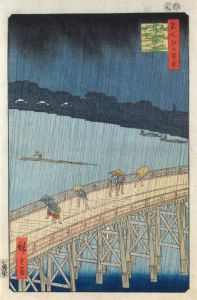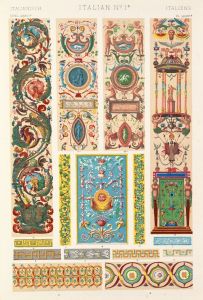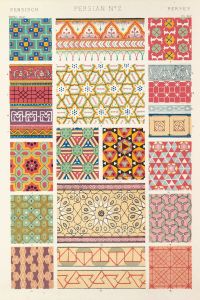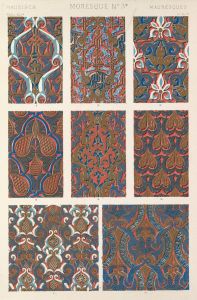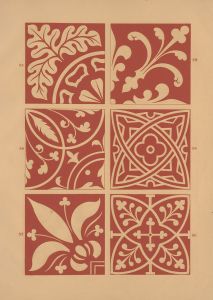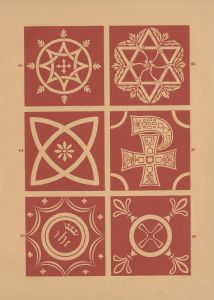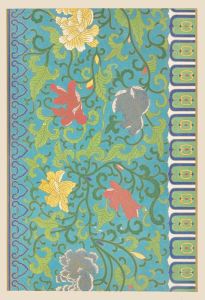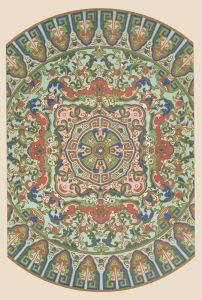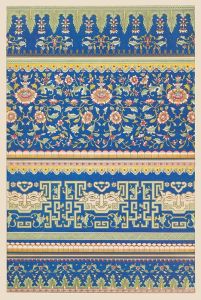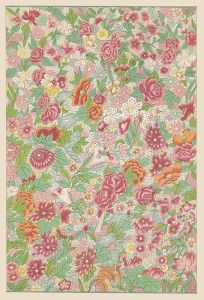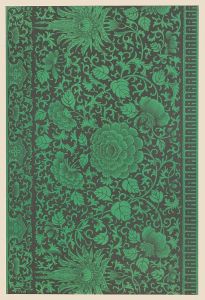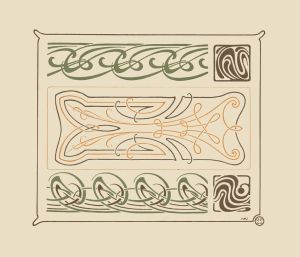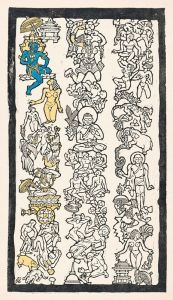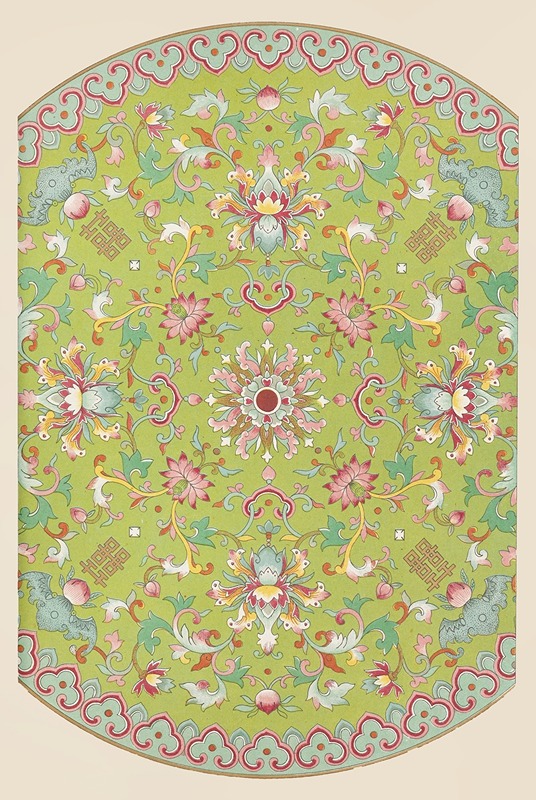
Examples of Chinese ornament, Pl.15
A hand-painted replica of Owen Jones’s masterpiece Examples of Chinese ornament, Pl.15, meticulously crafted by professional artists to capture the true essence of the original. Each piece is created with museum-quality canvas and rare mineral pigments, carefully painted by experienced artists with delicate brushstrokes and rich, layered colors to perfectly recreate the texture of the original artwork. Unlike machine-printed reproductions, this hand-painted version brings the painting to life, infused with the artist’s emotions and skill in every stroke. Whether for personal collection or home decoration, it instantly elevates the artistic atmosphere of any space.
"Examples of Chinese Ornament, Pl.15" is a plate from the influential design book "The Grammar of Ornament," authored by Owen Jones and first published in 1856. Owen Jones was a British architect and designer known for his work in color theory and his efforts to document and categorize decorative arts from various cultures around the world. "The Grammar of Ornament" is a comprehensive collection of design patterns and motifs, showcasing the richness and diversity of ornamental art from different cultures, including Chinese, Egyptian, Greek, and others.
Plate 15 specifically focuses on Chinese ornamentation, reflecting Jones's interest in the aesthetic principles and artistic traditions of China. During the 19th century, there was a growing fascination in Europe with Asian art and design, partly fueled by increased trade and cultural exchange. Jones's work played a significant role in introducing and popularizing these styles in Western design.
The Chinese ornaments depicted in Plate 15 are characterized by their intricate patterns, vibrant colors, and symbolic motifs. Chinese decorative art often incorporates elements from nature, such as flowers, birds, and mythical creatures, as well as geometric patterns and calligraphic forms. These designs are not only aesthetically pleasing but also carry cultural and symbolic meanings, often related to concepts of harmony, prosperity, and longevity.
Jones's depiction of Chinese ornamentation is notable for its attention to detail and accuracy, reflecting his commitment to authenticity and respect for the source material. He aimed to present these designs in a way that was both educational and inspirational for Western designers and architects. By doing so, he contributed to the cross-cultural exchange of artistic ideas and helped to integrate Chinese design elements into Western decorative arts.
"The Grammar of Ornament" was widely acclaimed for its systematic approach to design and its beautiful chromolithographic plates. It became a valuable resource for designers, architects, and artists, influencing the development of design education and practice in the 19th and early 20th centuries. The book's emphasis on the universality of design principles and the appreciation of diverse cultural aesthetics resonated with the emerging Arts and Crafts movement and other design reform movements of the time.
Owen Jones's work, including Plate 15, remains an important reference for understanding the historical context and appreciation of Chinese ornamentation in Western art and design. It highlights the enduring appeal and influence of Chinese decorative arts and underscores the importance of cross-cultural dialogue in the evolution of artistic expression.





